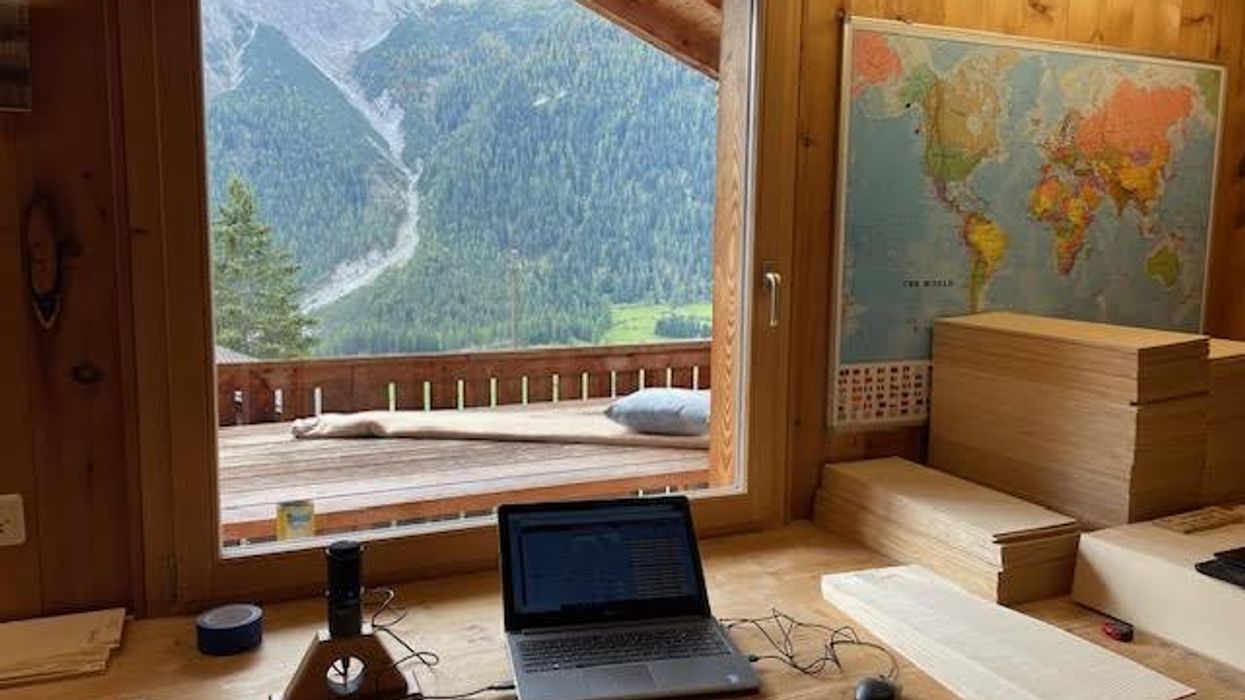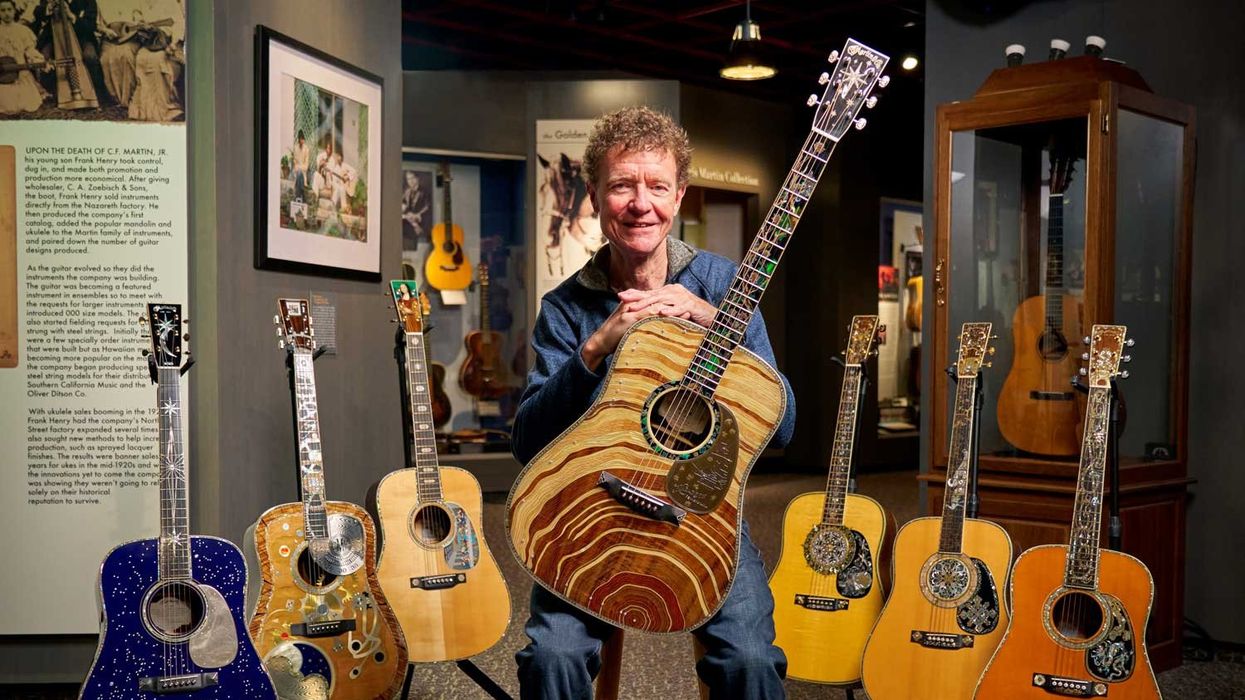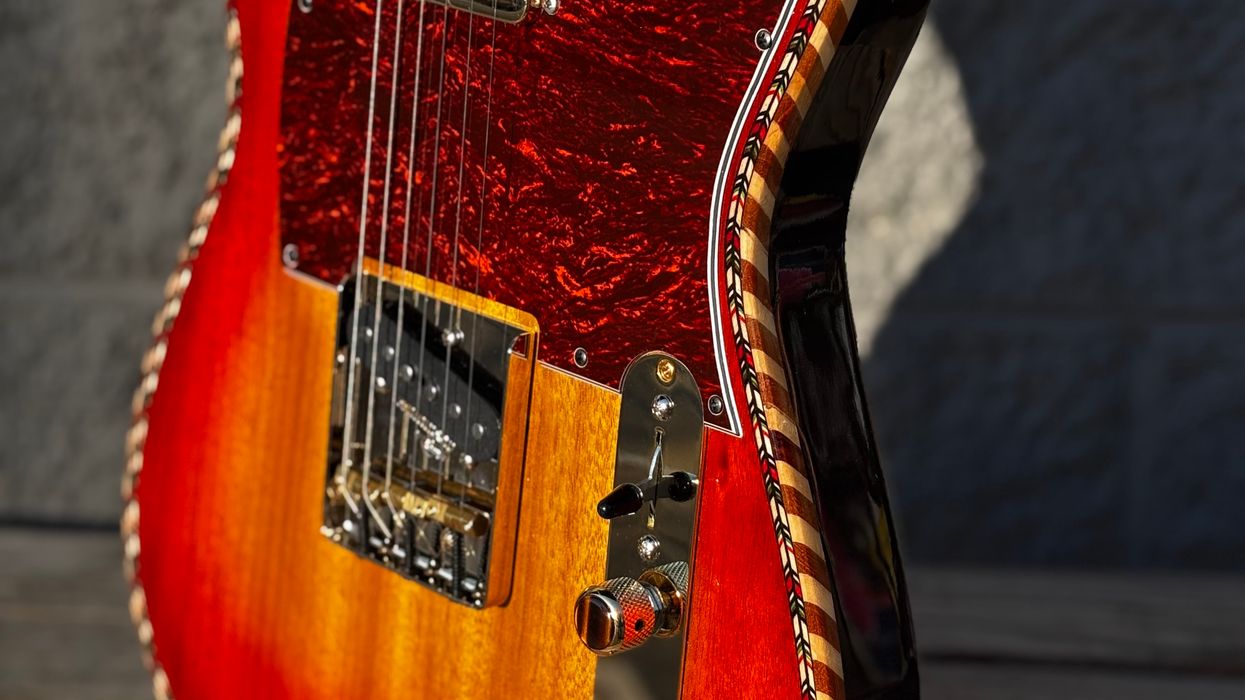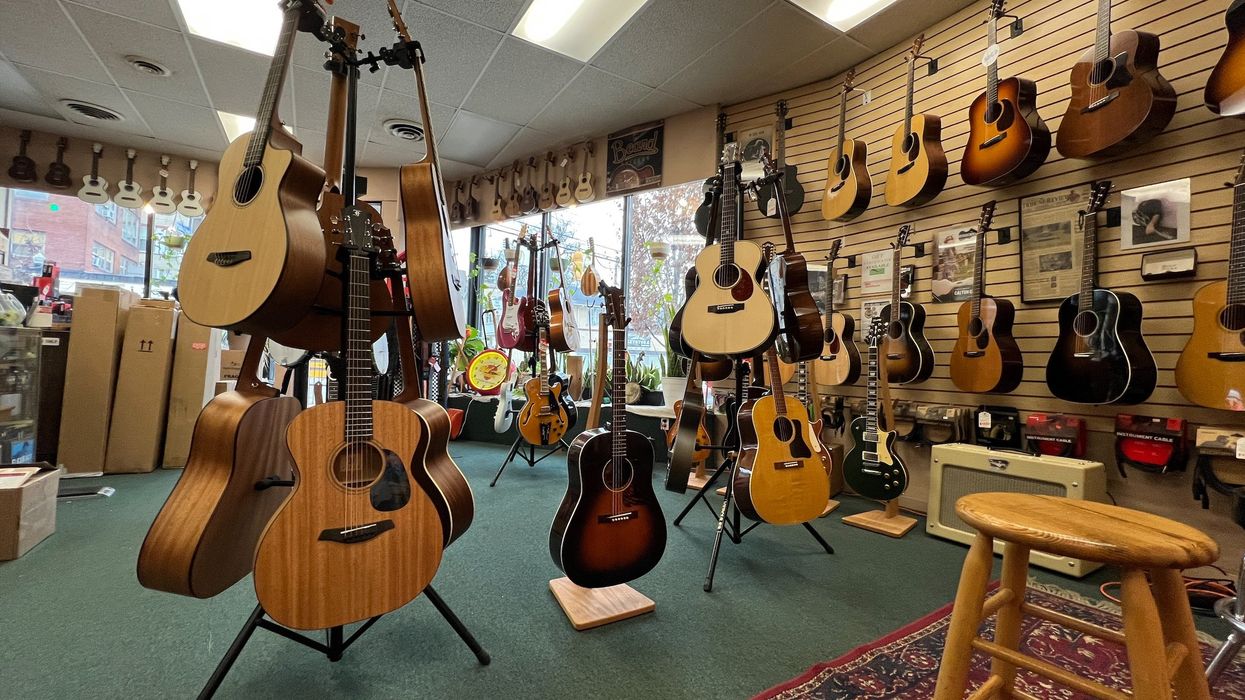One of my greatest inspirations as a guitar maker comes from my hope that the guitars I build will roam the planet long after I’m gone. Sometimes, when I’m on my some-hundredth hour of working on a guitar—sanding lacquer and chasing a flawless mirror finish—a vision of the instrument one hundred years from now will flash before my eyes. It’s a powerful reminder that along with a century of battle scars and music comes a certain beauty that only time will bring. With all the hustle and bustle of building brand-new guitars, sometimes I forget: I want to build guitars now, so that someday they will be old.
You see, old archtops are my favorite. Even if they’re not that great, I still find them beautiful. Every time I hold one in my hands, I think about how, once upon a time, it too was incomplete and being obsessed over by someone. Maybe by a factory worker whose name we’ll never know, or perhaps by one of the greatest luthiers of the early 20th century. Each of those luthiers plays a role in the history of archtops, which just so happens to hold some of my favorite stories. It’s a surprisingly not-super-long timeline that begins with a tale of innovation, tradition, mental illness, and mandolins. We only have to go back to the late 1800s to find the man responsible for planting the archtop seed, and I bet it’s a name you already know: Mr. Orville Gibson.
In the 1890s, Gibson was building guitars and mandolins with arched tops and backs, and as far as we know, he was the first to do so. Violins and cellos had been made that way for hundreds of years, but Gibson’s builds were where that construction style began for guitars and mandolins. In 1898, he achieved a patent for a number of his ideas on the construction of those instruments, including the concept of carving the top and back out of solid wood. He sold the patent (and his name), and in 1902, founded the Gibson Mandolin-Guitar Manufacturing Co. in Kalamazoo, Michigan. His relationship with the company from thereon is unclear. Then, in 1907, he was admitted to a hospital for psychiatric treatment, an occurrence that would take place a number of times before his death in 1918.
Violins and cellos had been made that way for hundreds of years, but Gibson’s builds were where that construction style began for guitars and mandolins.
Yes, believe it or not—the world of music was forever changed by the work this man did inside of one decade, and it may or may not have cost him his sanity. With Gibson’s innovative creations as a blueprint, the company went on to produce archtops that unified the mandolin and guitar family as one. It was 1919 when the company hired a physics-obsessed musician who unlocked the acoustic potential of these instruments: Lloyd Loar. Through applying concepts used in violin building, such as f-holes and tap tuning, Loar elevated the world of archtops to a new level in 1922 with his design and creation of the L-5 guitar and F-5 mandolin. Loar left Gibson two years later to “pursue other interests.”
So, here’s the crazy part: During these first painfully short chapters, Gibson and Loar were responsible for the making of some of the most beautiful and magical-sounding instruments on the planet. I came upon a cluster of Gibson mandolins from the early 1900s at a music store, and I felt the magic before I knew what they were; I just looked at them and they started singing like angels. Trying to describe the experience would be like trying to cover the impact of Gibson and Loar in one column, but let’s just say I left that music store a different person than I arrived, along with a higher understanding of the word “otherworldly.” These are the kinds of instruments that make you a better builder or player just by being around them. They have souls.
The story of Gibson’s role in the archtop evolution certainly goes on from there, but it’s these first chapters and the unprecedented instruments that come with it that laid the wood-shaving-covered foundation today’s archtops are made on. From there, the daisy chain of inspiration continued as the archtop guitar developed in the hands and shops of more brilliant luthiers to come, such as John D’Angelico, Charles and Elmer Stromberg, Jimmy D’Aquisto, and Linda Manzer; but those are stories for another day. These are the heroes of the archtop world, and one of my many reasons for loving old archtops is because it reminds me of them. I want nothing more than to leave behind guitars that inspire others, the way many beautiful guitars left behind by my heroes have inspired me—battle scars and all.


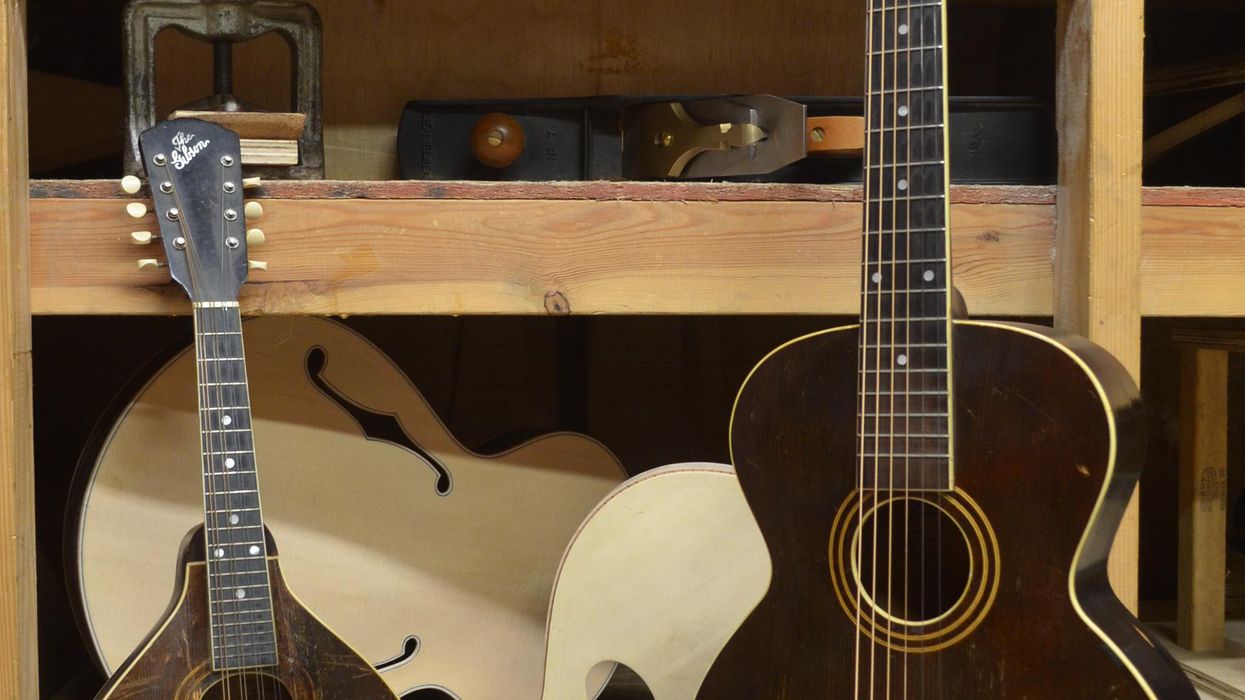










![Rig Rundown: Russian Circles’ Mike Sullivan [2025]](https://www.premierguitar.com/media-library/youtube.jpg?id=62303631&width=1245&height=700&quality=70&coordinates=0%2C0%2C0%2C0)

